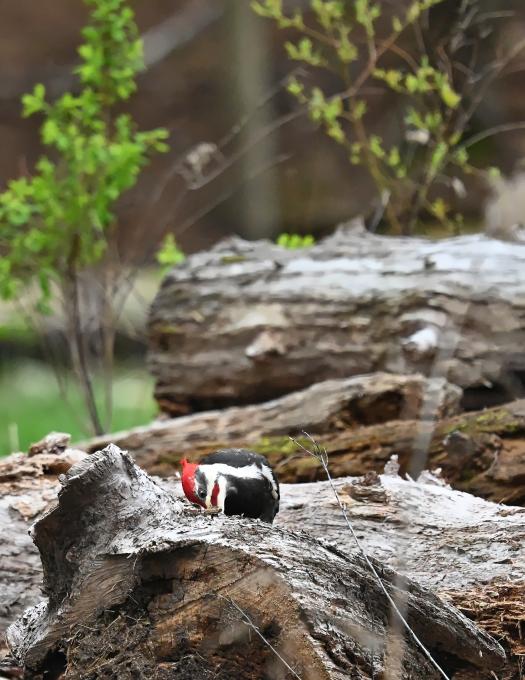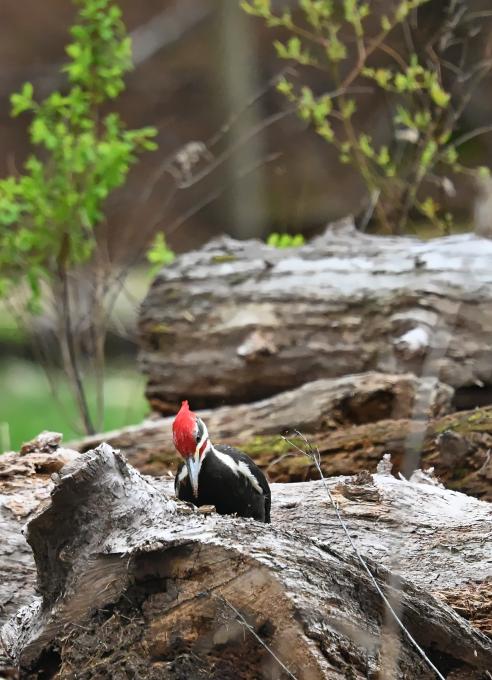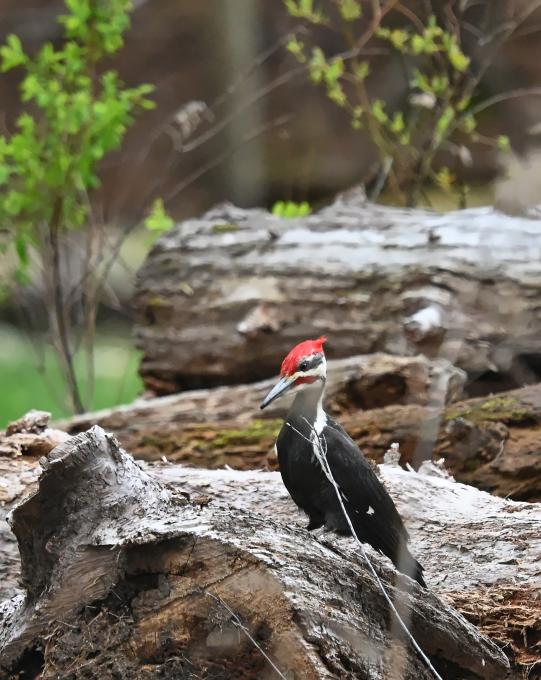The Cornell Lab Bird Academy › Discussion Groups › Bird Photography with Melissa Groo › Practice Getting Creative and Telling Stories
-
Bird AcademyBird AcademyWhat did you learn through experimentation? Share your creations and thoughts below.You must be enrolled in the course to reply to this topic.
-
One day I saw two Eurasian Magpies building a nest, I told myself that they were going to nest this year in front of my apartment. I stayed for a long time observing and taking photos of them. Afterwards, I was surprised to see they were taking the twigs from an old nest to build their nest in another tree further away...



-
Egrets often feed in the marsh near our house. I saw this one in the morning as I drove along the access road Its back was to me, but it would turn its head from side to side. Finally, it turned around. They are rather dark, but I can fix the lighting.



-
These are by far NOT the best bird photos I've ever taken! But they're the best bird shots I've taken so far on manual!!- and they are fantastic compared to 1) what I would've gotten on manual before this course and 2) what I would've gotten on automatic. The Cooper's was taken w/ a 300mm, which honestly wasn't adequate length. Robin - I'm very happy with the detail and kind of light I was able to get in the woods, and wouldn't have on Auto. So happy, btw, to see a flock of robins in WNY on Jan. 1! The jay- Again, not the best focus, but I'm happy with the better compositions I'm getting following Melissa's pointers. Happy to be getting better at the shallow depth of field. Neat! Just starting- thanks so much!



-
I went out to shot Black Phoebes hunting. I decided not to try to time the shot at takeoff but to burst shoot at the perched bird at 10 fps until he flies. This gives me less than 4 minutes on the card and sometimes the bird just sits there. This bird was too close to be able to track when he flew, but was so beautifully perched I went for it anyway. When the bird flew he came strait toward me so tracking was easy and I got a bug's eye view of a Phoebe on the hunt.



-
I had set up my "spot" near my birdfeeder in the back yard to experiment with the ever present house sparrows that dominate the feeder. After sitting there for about 20 minutes, the sparrows accepted my presence and went about their normal activities of feeding, bickering amongst themselves and pressing for a place at the feeder. My bird feeder is in a fairly densely populated residential neighborhood just north of NYC and the only birds that I typically see are house sparrows, cardinals, chickadees and morning doves . . . oh and an occasional Coopers hawk taking advantage of the easy prey. I was totally stunned to be visited by this molting male Indigo Bunting and immediately focused my attention on him. While I know that these birds can be seen in Westchester County, they are typically habitate more rural settings so it gave me great pleasure and hope to see this songbird in my back yard. I was able to take 40 shots at different speeds/apetures/ISO settings and really experiment with my patient subject who cooperated by sitting in the bushes next to the feeder in between long feedings at the feeder. This shot was taken as 1/450 F7.1 ISO 1200 with a Cannon R6 MkII and a Cannon 100-500 Zoom and then touched up in Light Room.

-
The Apolinar´s Wren lives in my country and is Critically Endangered. I have had the opportunity to take censuses of this important species. When I took this photographic, I was a little upset, because I couldn't get it into focus. But, I was able to reflect with her the following: if we do not generate actions to conserve Apolinar's Cucarachero, it could disappear

-
DISAPPOINTING PICTURE?? From my balcony in St. Thomas I was taking pictures of pelicans fishing. These two pelicans decided to rest on a narrow sandy patch. It was one of the pictures that escaped my attention from being deleted. When I looked closely, on the sandy patch are pieces of orange ropes and bluish fishing nets-human waste materials discarded probably by fisherman somewhere in the ocean and deposited near shore by recent hurricane, I was told. Massive quantities of plastic and subsequent microplastics are floating in oceans across the world and slowly entering food chain of marine and avian life with disastrous consequences! It is already entering into bodies of human beings with grave tidings for coming generations unless we act urgently on it.
 Melissa Groo"s tutorial reminded me to look at this uninteresting photo differently.
Melissa Groo"s tutorial reminded me to look at this uninteresting photo differently. -
CONFLICT BETWEEN DIFFERENT BIRD SPECIES As I was walking along a trail I heard buzzing of a Red wing black bird repeatedly swooping towards a Great Blue Heron. Quickly took a shot. It turned out to be interesting situation. Red wing black bird are very territorial and daring and was harassing the Blue Heron.The Heron was quite fizzled by it; was in high alert , the bristles of feather stood up all over its body. Back light gave a dramatic effect to feathers. The surrounding grass blades matched the feathers to heighten the effect .

-
That's an exciting encounter to capture! I didn't realize that herons would raise up their feathers like that when perturbed. Great story!
-
-
Backlighting and the resulting halo effect was a phenomenal discovery, such as the beak profile and individual hairs, now curious if more effective in B&W, which opens new creative doors to explore.


-
Great shot with backlit lighting!
-
-
When I noticed this Oak Titmouse, I was disappointed that it was totally backlit, and there wasn't really a way for me to get to the other side of him. So I took photos with the bird backlit, and was pleasantly surprised -- this unusual lighting actually emphasized the Titmouse's unique silhouette, with its lovely crest!

-
A couple weeks ago I went out to go birding. When I arrived, I was greeted by a red-shouldered hawk. Though I was super excited, I stayed in my car and set up to take pictures, watching what the hawk was waiting for. This was the closest I had been to a hawk and could not wait to capture its beauty. But it was sitting right in the middle of the field, and I guessed it was looking for its next meal. So, I watched and observed its behavior. Eventually it landed in the field, and I guessed it may have found food. While I was still observing, more people had pulled up and he got scared off. I was very disappointed. But then like 15 minutes later I was walking along a path near the field and saw the same hawk. Eager, I snapped more photos of it. I stayed hidden so, he would not spook and just admired its beauty. Eventually, I continued walking so I can observe other birds. Also, with the picture of the hawk in flight, I was not prepared for him to start flying, so my shutter speed was lower than what I would set it for birds in flight. But looking at it after, I like that the wings are blurry, it gives the picture depth, like he is actively moving towards me through the picture. And I had also went out during the afternoon on a sunny day. Usually I try to go during golden hour because this is when I find the most birds and get the best lighting. But I think I was able to adjust and compensate for the patches of very bright sunlight on the hawk. The shadows playing on the hawk where placed perfectly, giving more depth to the hawk.



-
I tried to get shots of the vulture as it watched a large school of fish. However, i had no idea it was watching the fish when i took the picture. I tried multiple shots of the vulture from different angles and found that this was the best one due to the sun. Finding out that the vulture was looking at fish i thought was really cool. It was clear it was waiting for some fish to die. This brought me a better understanding of nature and a better appreciation for vultures and other scavengers.

-
Oops, forgot to include these 2 images...there's always 1 gosling who seems to be on the look-out, and catching a nap in the sunshine. I've learned patience, keeping a respectful distance & that light is so important. I've tried shooting on more dreary days but the results are dreary too. I want to get the catch-light in the eyes whenever I can, and see the light bouncing and highlighting fine feathers.
-


-
By observing common birds in our region, I've come to appreciate their beauty even more. This seagull in flight reminded me of the book, 'Jonathan Livingston Seagull'. I love how the light emphasizes the feathers.

-

-
Great expressions on those little guys!
-
-
Exploring, warding off predators & sleeping

-


 'zen' time, preening & swimming with others for safety.
'zen' time, preening & swimming with others for safety. -
Watching the Canada Geese goslings in their daily activities gave me a more in-depth view of their practices, and infused me with appreciation, wonder & joy! This species is often maligned because their numbers have exploded and their droppings in the park are a 'nuisance', but that is due to the feeding practices of well-meaning humans. We need to let them forage for themselves!



-


 The three day war. I observed this Red-bellied woodpecker and Downy woodpecker claim ownership of a dead tree branch cavity, which they had both worked on at different times of the day. The dead tree was in our back yard, so I was able to witness and photograph the squabble in different light situations. The Downy woodpecker would attack the Red-bellied with continual angry vocalizations and incessant swooping at him. Neither bird won because three days later, the cavity had been so overworked by the two of them, that the walls were too thin and the branch crashed to the ground.
The three day war. I observed this Red-bellied woodpecker and Downy woodpecker claim ownership of a dead tree branch cavity, which they had both worked on at different times of the day. The dead tree was in our back yard, so I was able to witness and photograph the squabble in different light situations. The Downy woodpecker would attack the Red-bellied with continual angry vocalizations and incessant swooping at him. Neither bird won because three days later, the cavity had been so overworked by the two of them, that the walls were too thin and the branch crashed to the ground. -
Great images & fascinating story!
-
-
 I did learn that if I wanted to get close and capture a good image, I had to let them get use to me, since every time I tried to get close, they would immediately walk away slowly away from me. I knew they would get comfortable at some point since they stopped moving away and started feeding right away. In this image they are still watching me but it was a few minutes after, that they relaxed and started feeding. I had done this game of cat a mouse more than 4 times at this point. I had to settle for a landscape picture instead of a close up. My only zoom lens is a 300 mm with a teleconverter of 1.4 because it is very easy to carry on my trips.
I did learn that if I wanted to get close and capture a good image, I had to let them get use to me, since every time I tried to get close, they would immediately walk away slowly away from me. I knew they would get comfortable at some point since they stopped moving away and started feeding right away. In this image they are still watching me but it was a few minutes after, that they relaxed and started feeding. I had done this game of cat a mouse more than 4 times at this point. I had to settle for a landscape picture instead of a close up. My only zoom lens is a 300 mm with a teleconverter of 1.4 because it is very easy to carry on my trips. -
I know the frustrations of insufficient zoom capabilities, but it's still an interesting shot!
-
-
I usually don't take photos of captive birds because it makes me so sad and angry, but I took this photo of a parrot a little while back. It might be a red-browed parrot, native to eastern Brazil, which is threatened by habitat loss and smuggling via the exotic animal trade. It's captor had three, and was using them as an "alarm" for when people came to the parking lot (so he could collect parking money). I couldn't tell if their behaviour was aggressive or just really stressed but they made a lot of noise and flapped their wings as people neared. Here you can see a destroyed wing. This bird will never fly again. On that note, my husband's sister just bought two clipped birds and their family is really excited. I've explained to him why pet birds upset me so much and he agrees, but he says it's part of a bigger cultural change that is slowly happening in Brazil.

-
Experimentation has opened my visual resources to see what else might be a part of a photograph. All too many times I've focused on a single item and missed what could have been a great shot. This often happens when I am not fully paying attention to the subject bird and then not prepared for its flight. Occurring way too many times and I must train myself to learn about different approaches to the shot and experiment with ways to better capture the image. Another area to which I must pay more attention is learning the different species and their respective behavior. Melding into what I mentioned earlier. The attached image shows a juvenile White Ibis. This is included as it took
 me a bit of effort to discover the species. The guides I have often miss things like the changing colors of feathers as the bird matures. Finally, making use of the Merlin ID system the answer was found. And I must say that given the slight ripple of the water exemplified this bird's habitat while offering a subtle background and thus this image was selected.
me a bit of effort to discover the species. The guides I have often miss things like the changing colors of feathers as the bird matures. Finally, making use of the Merlin ID system the answer was found. And I must say that given the slight ripple of the water exemplified this bird's habitat while offering a subtle background and thus this image was selected. -
There's always learning to be done and that's what makes life interesting! Good choice of image & explanation!
-
-
And now (of course these 3 posts are in reverse order), the pileated woodpecker digs this way, then that way, until he is finally satisfied that he's worked that hole for all it's worth. And that's my story.



Read More:
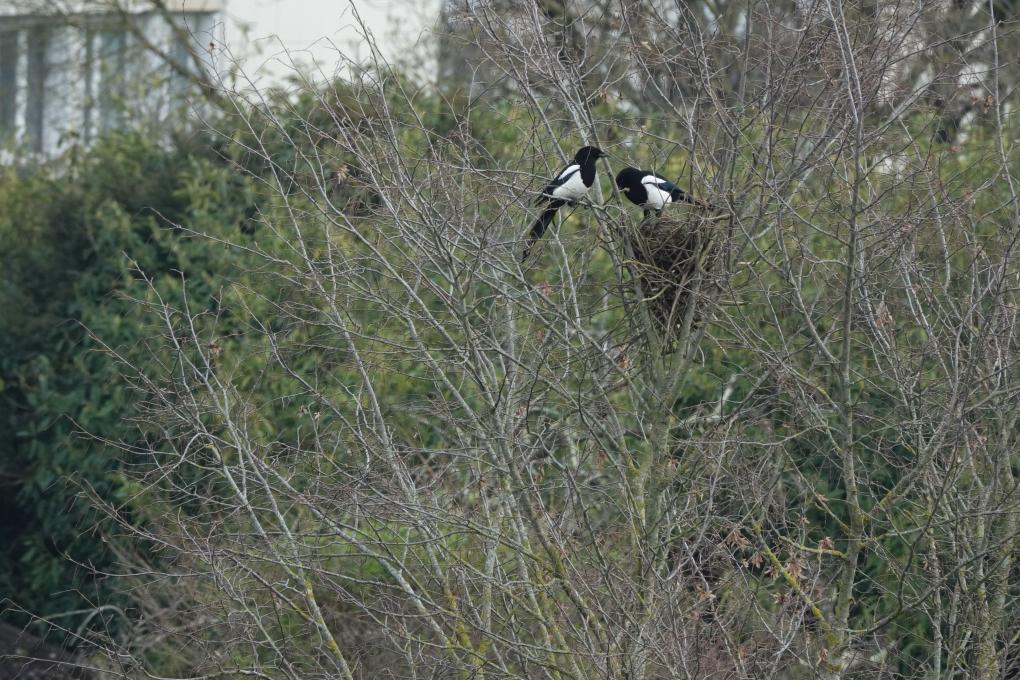
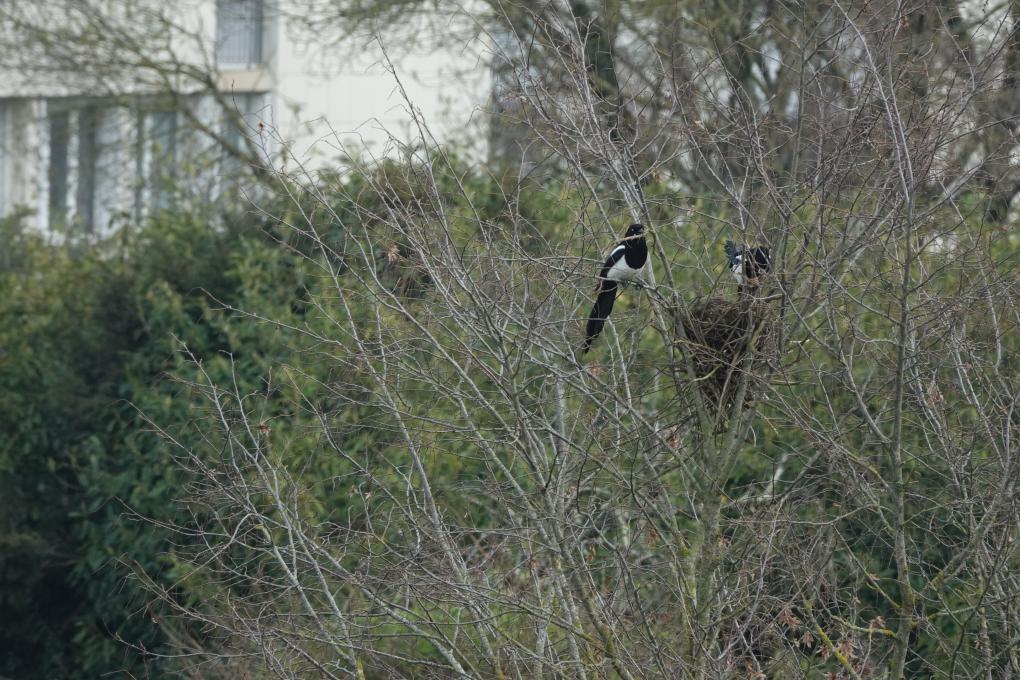
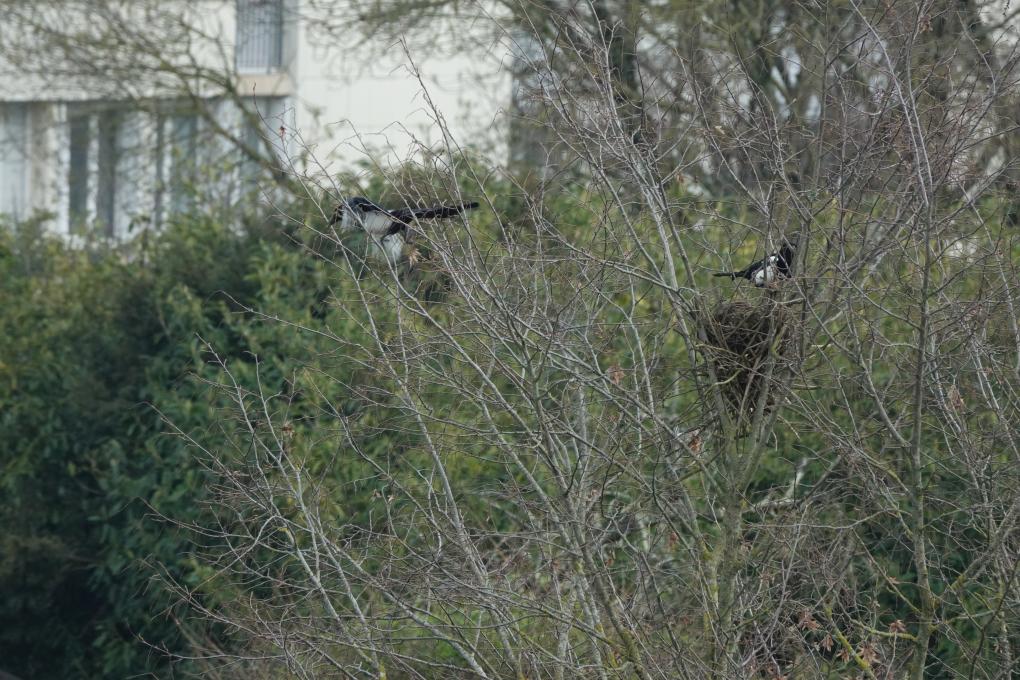
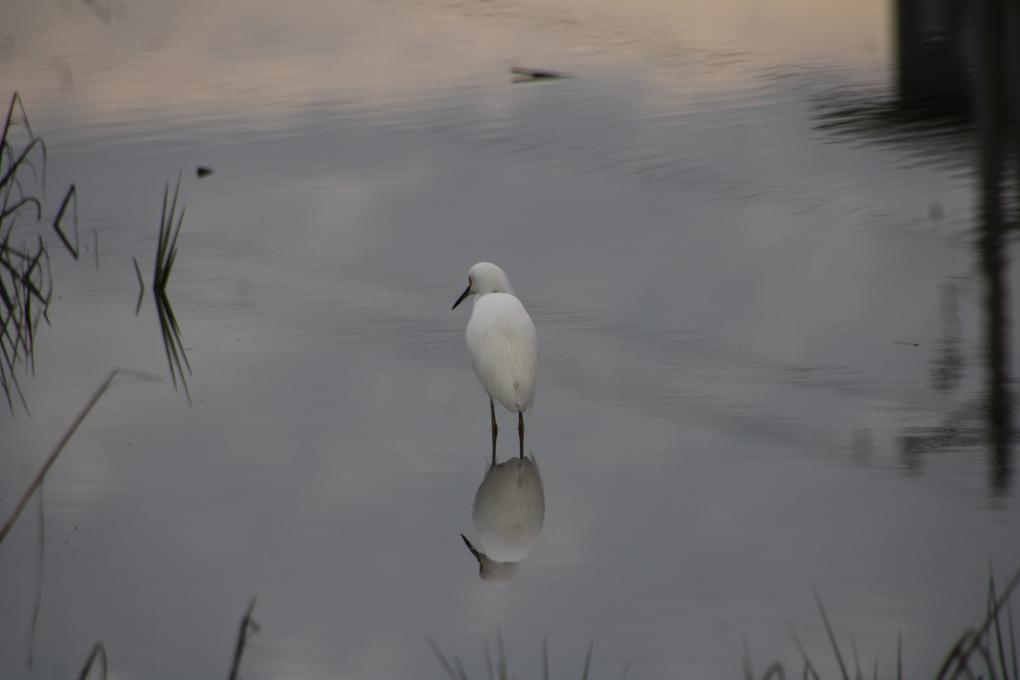
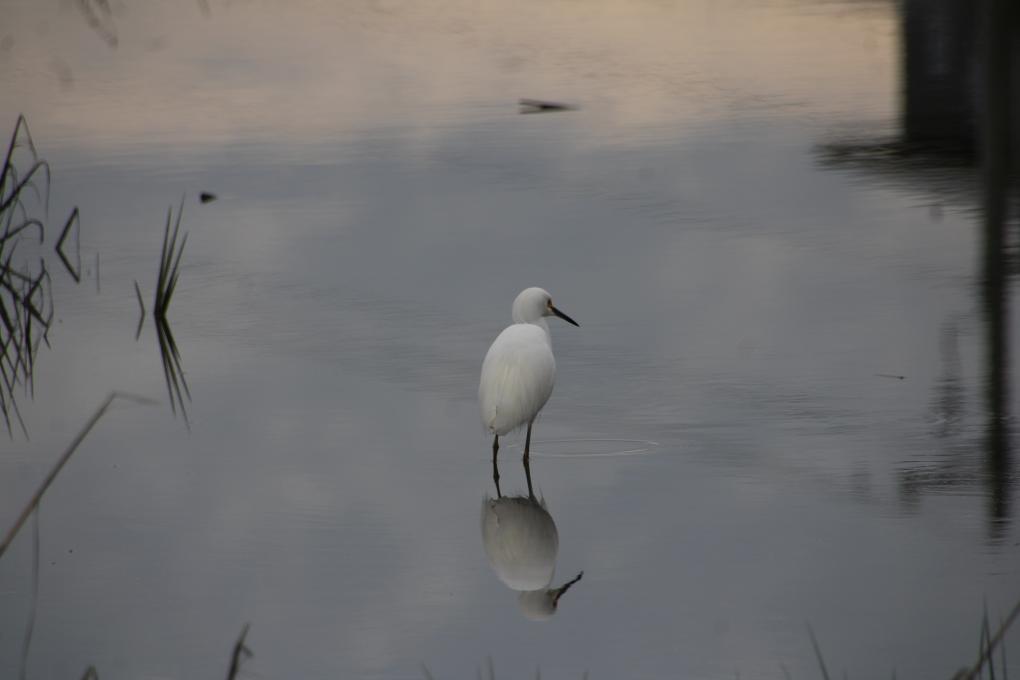
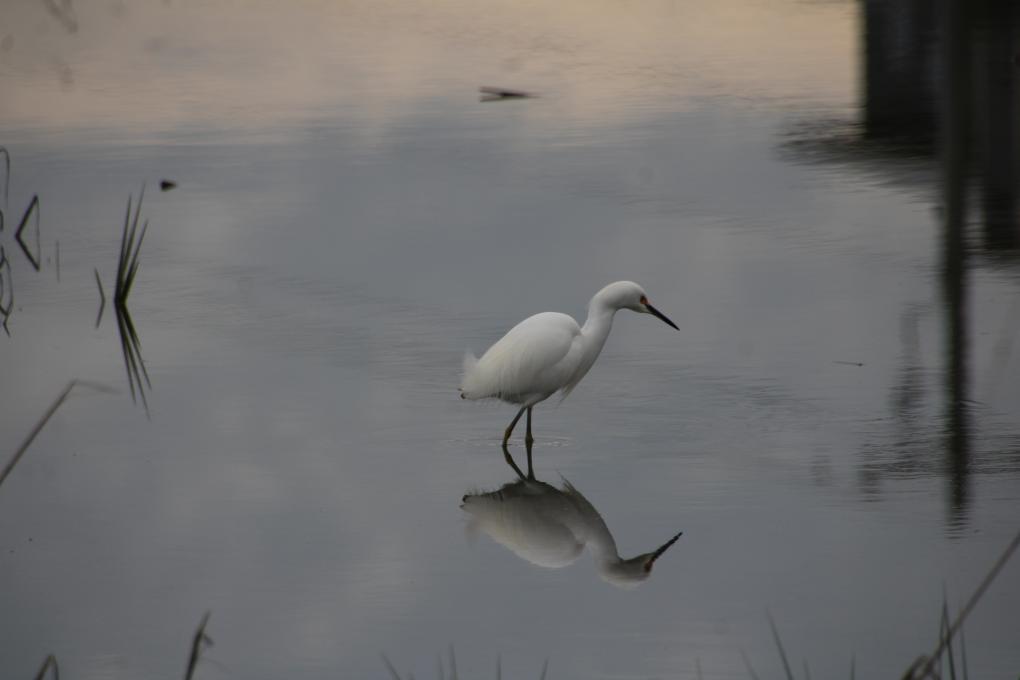
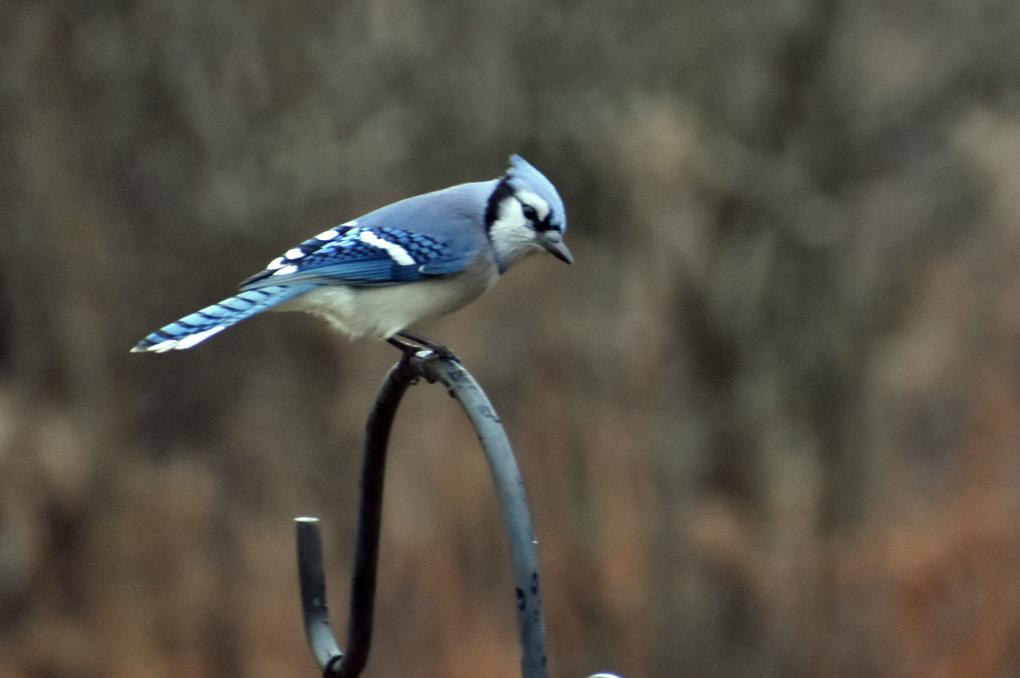
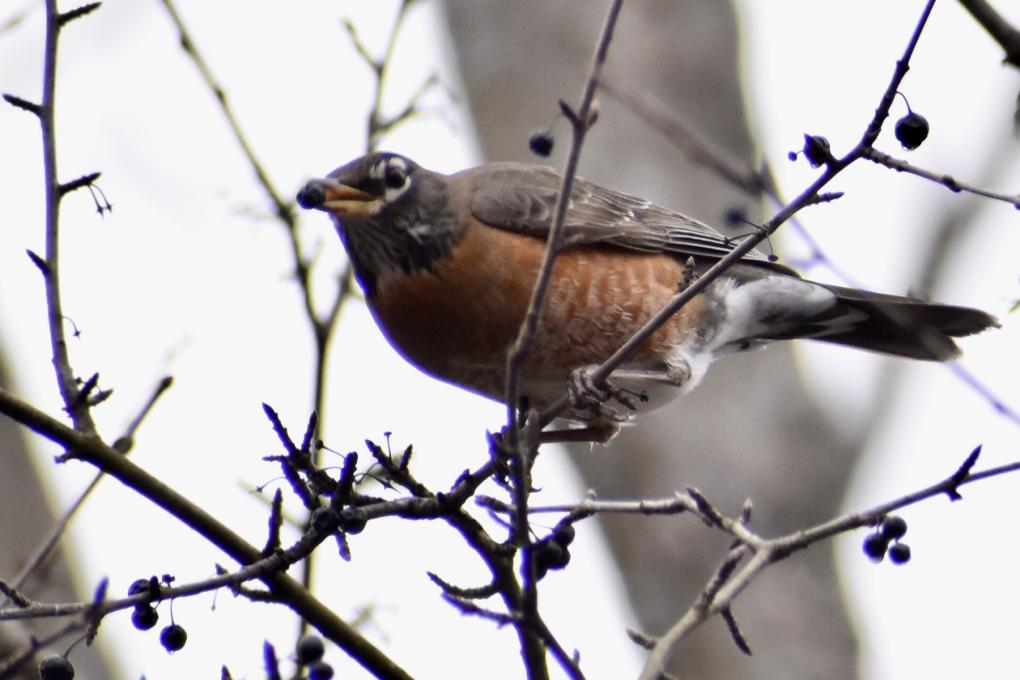
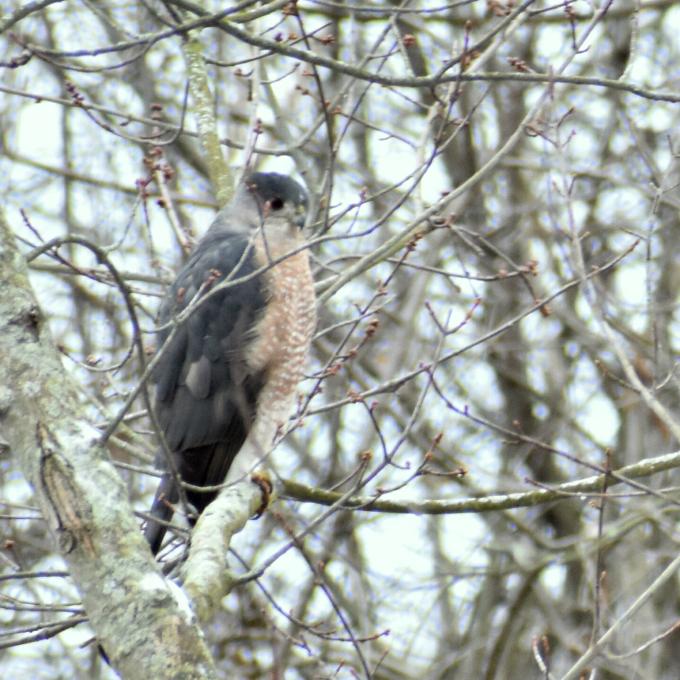
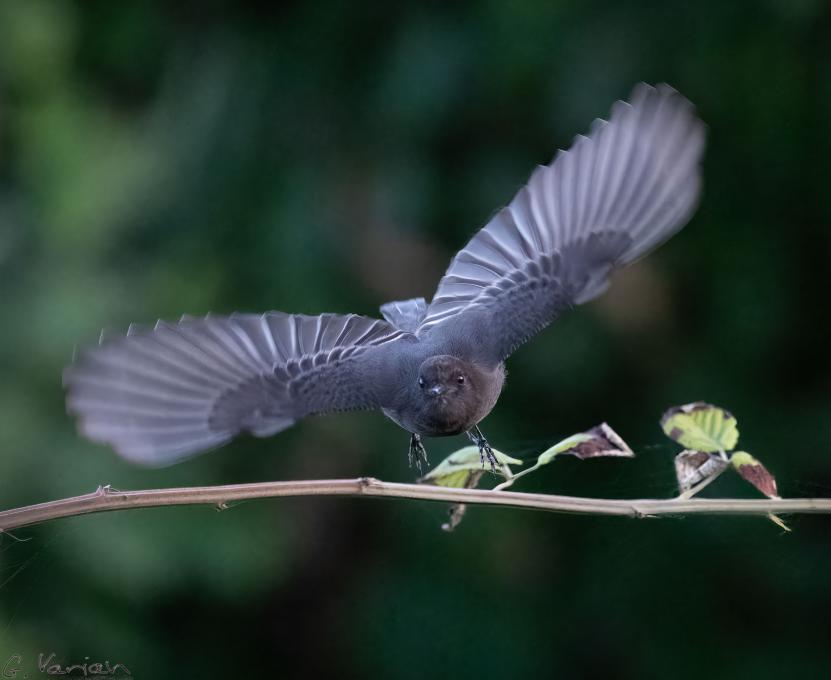
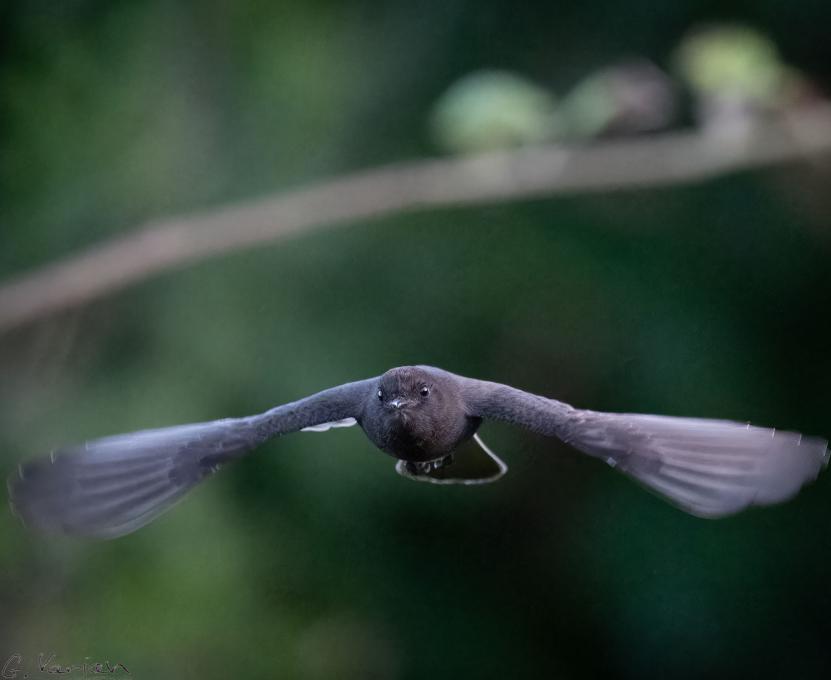
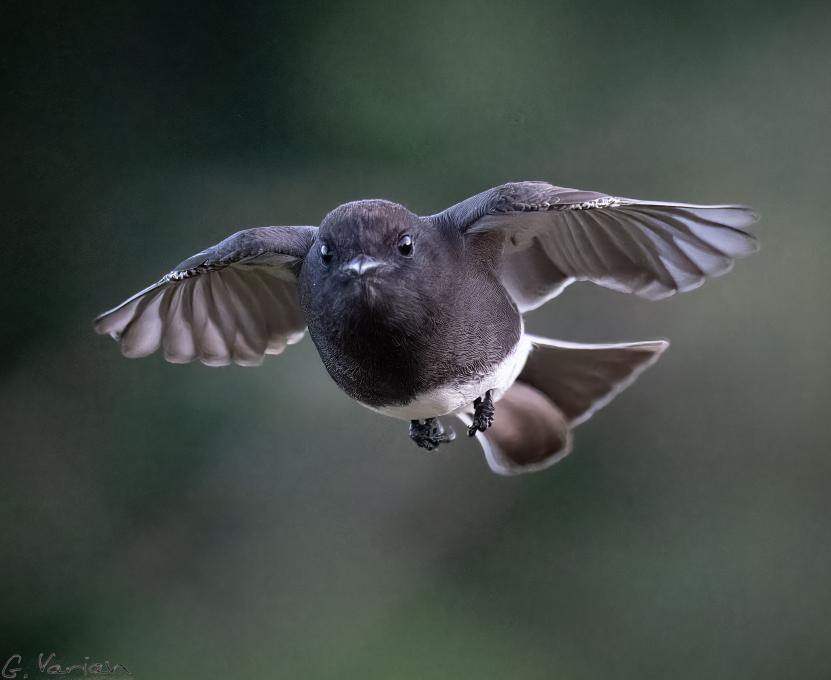
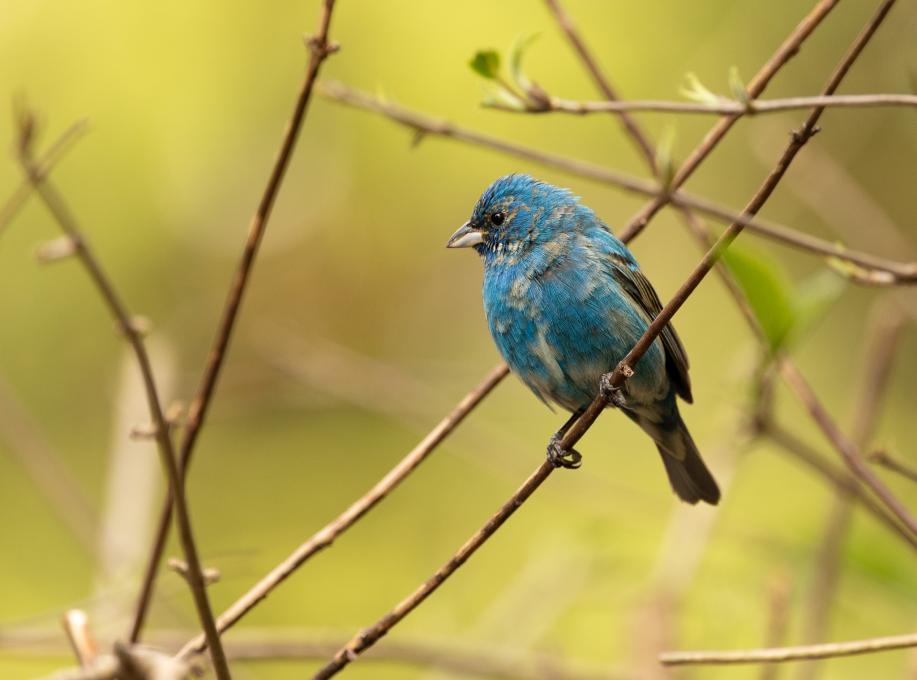
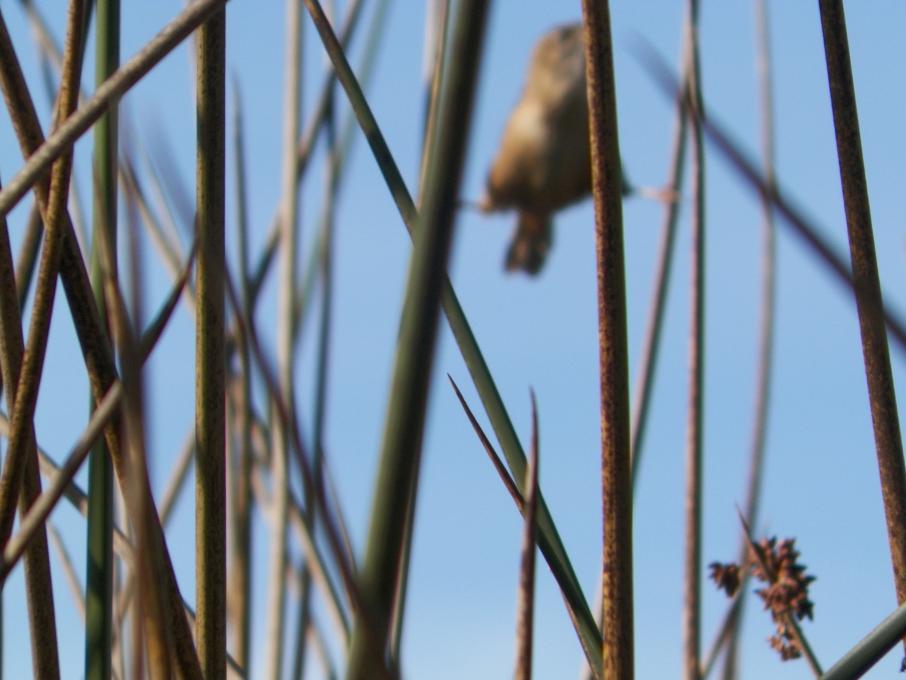
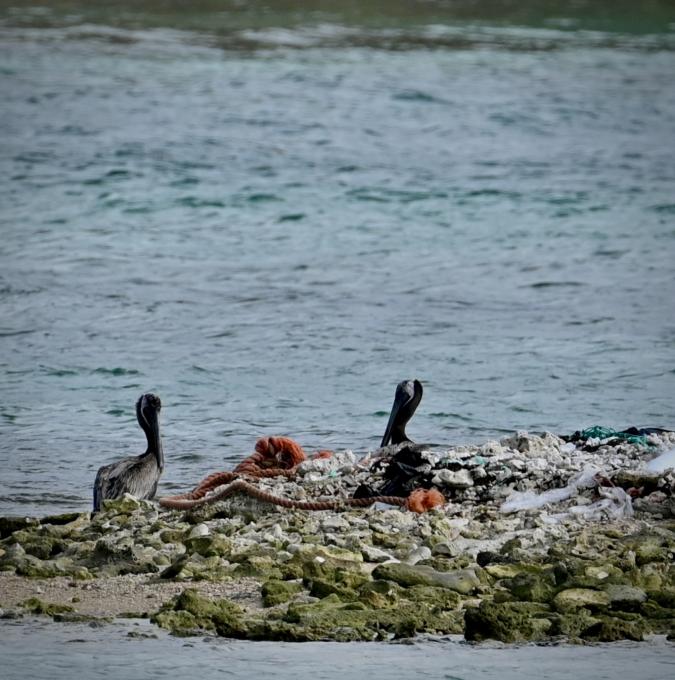 Melissa Groo"s tutorial reminded me to look at this uninteresting photo differently.
Melissa Groo"s tutorial reminded me to look at this uninteresting photo differently. 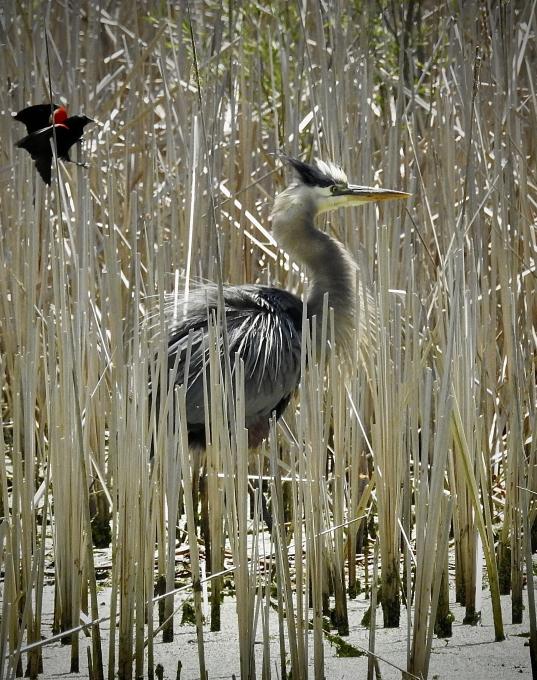
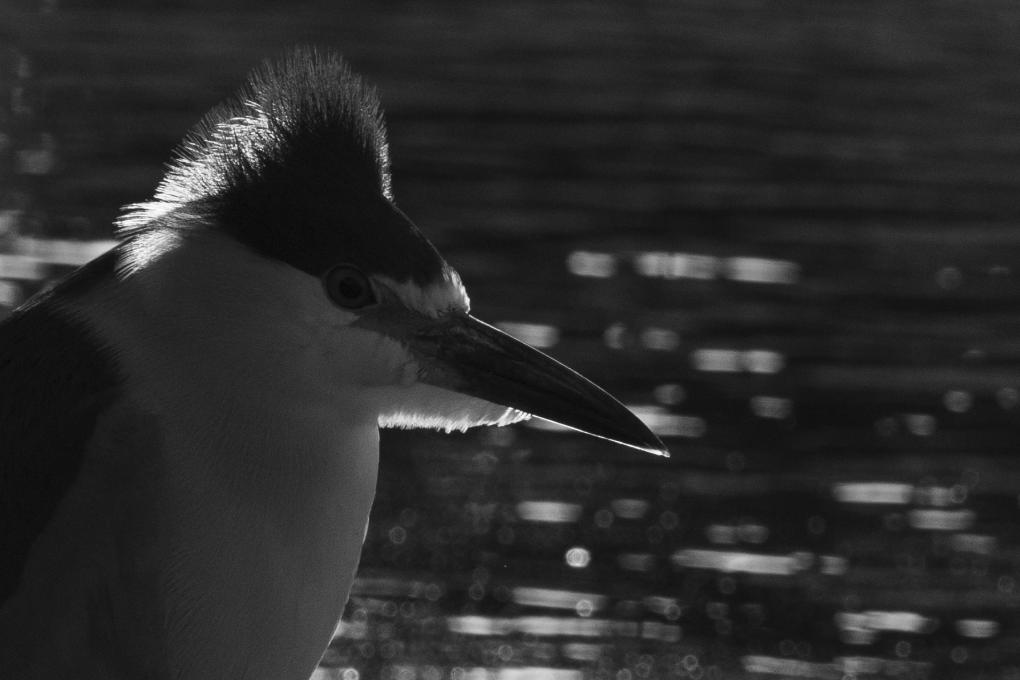
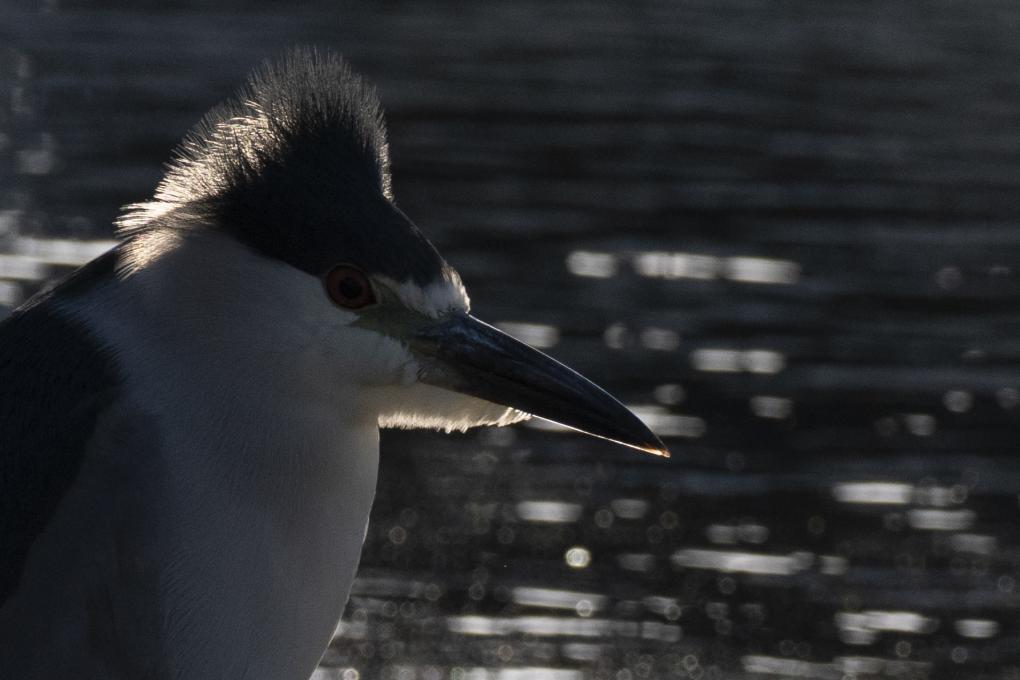
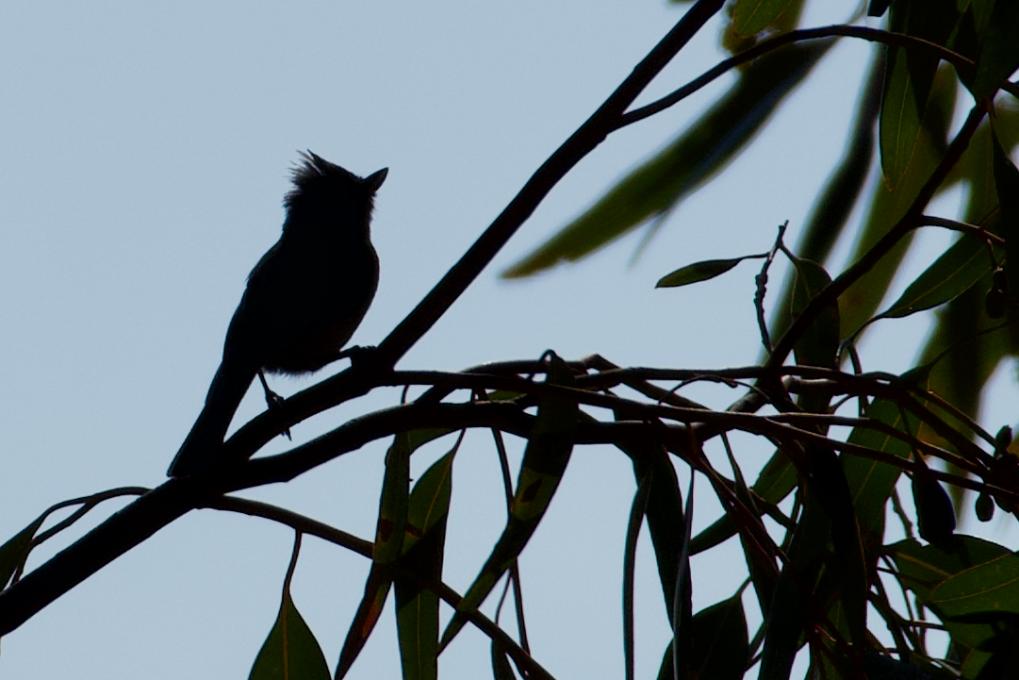
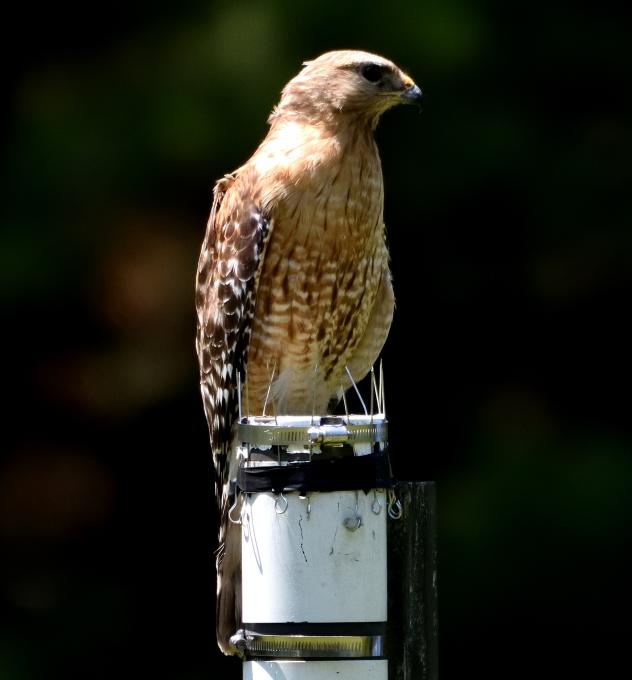
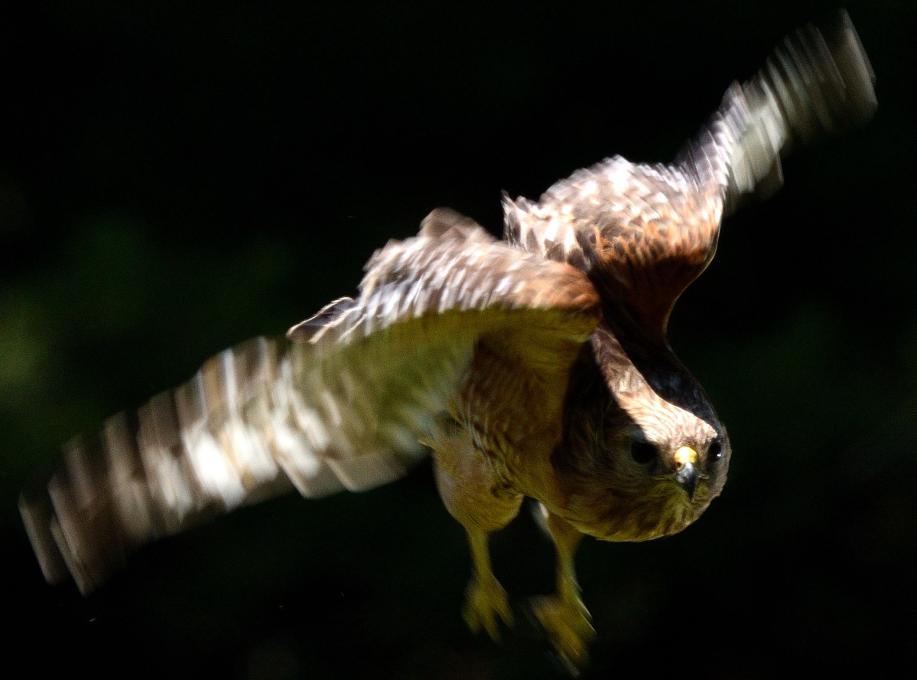
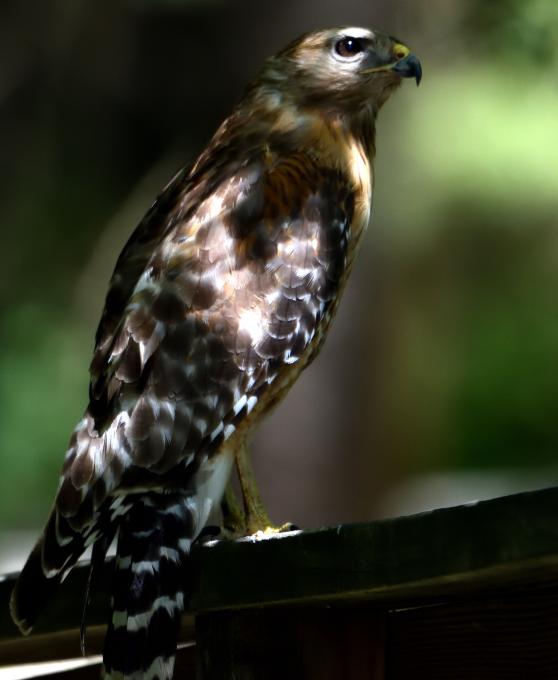
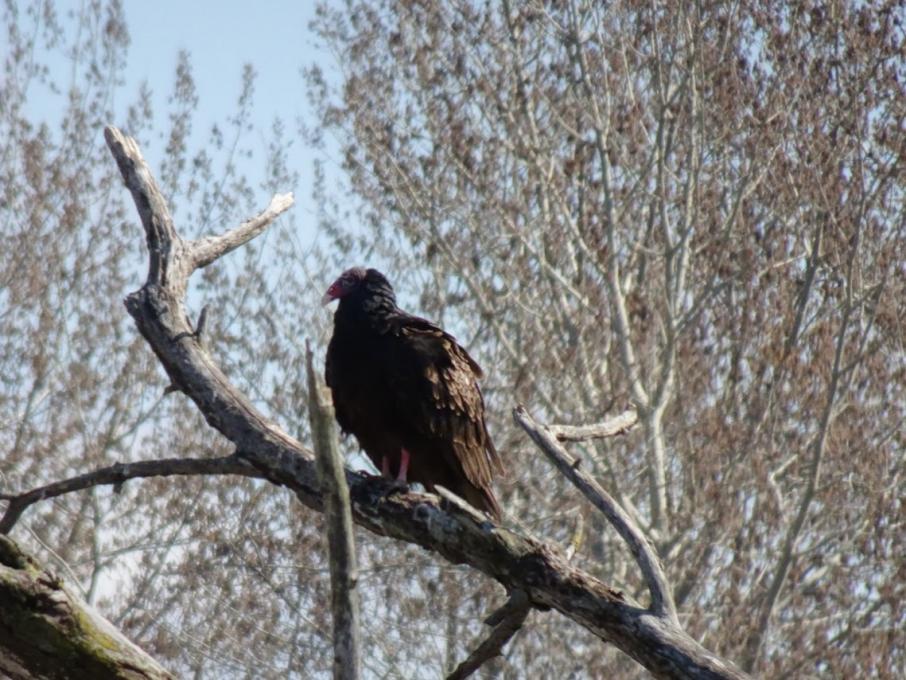
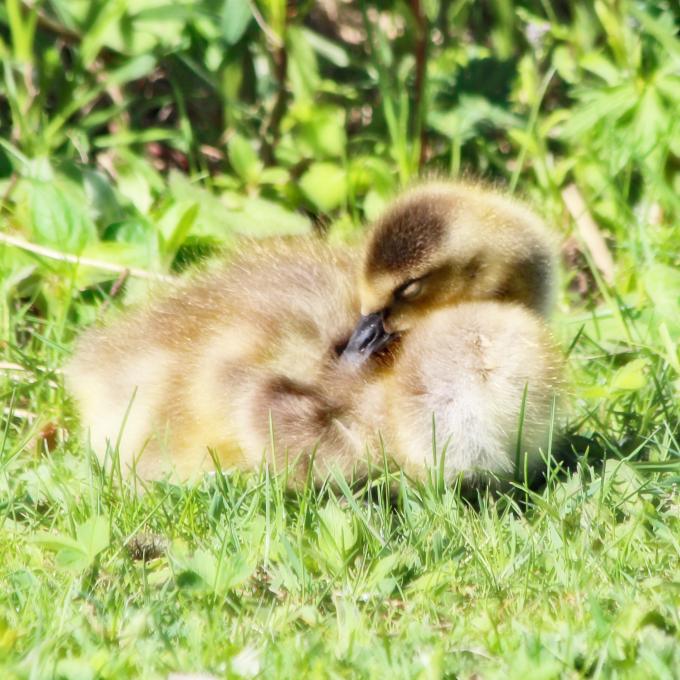
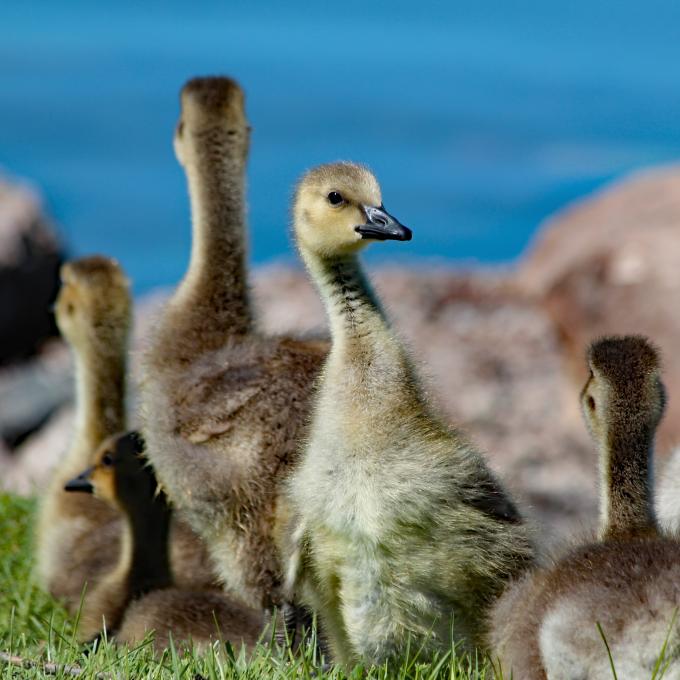
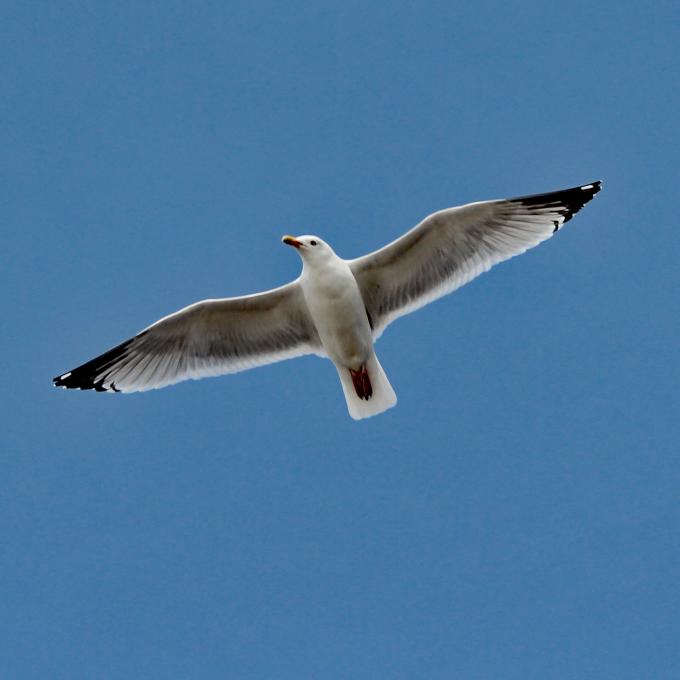
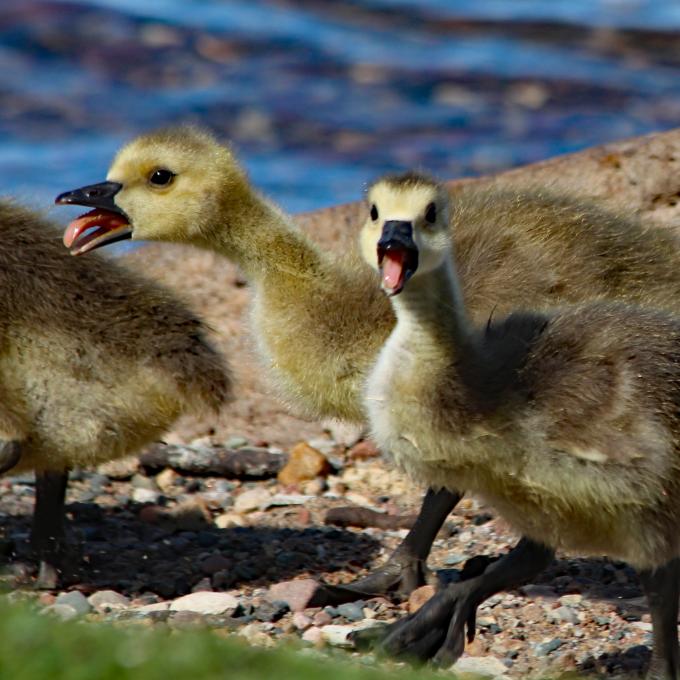
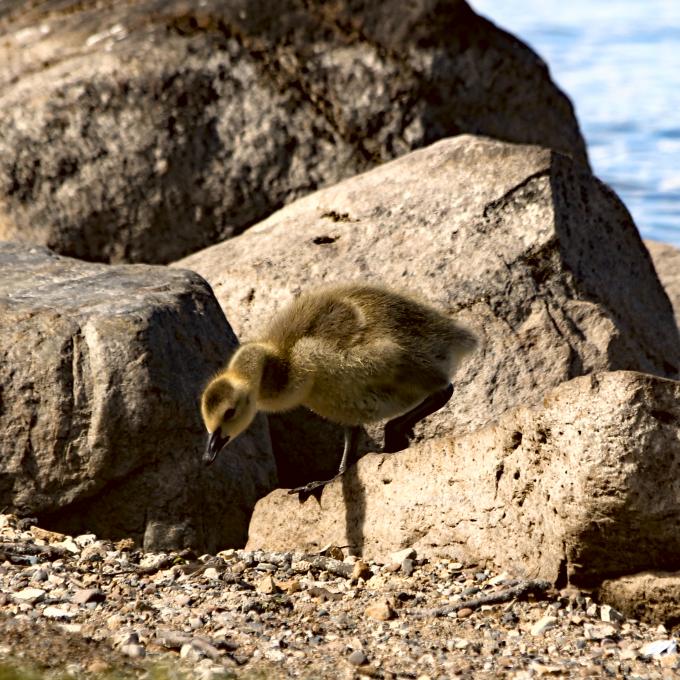
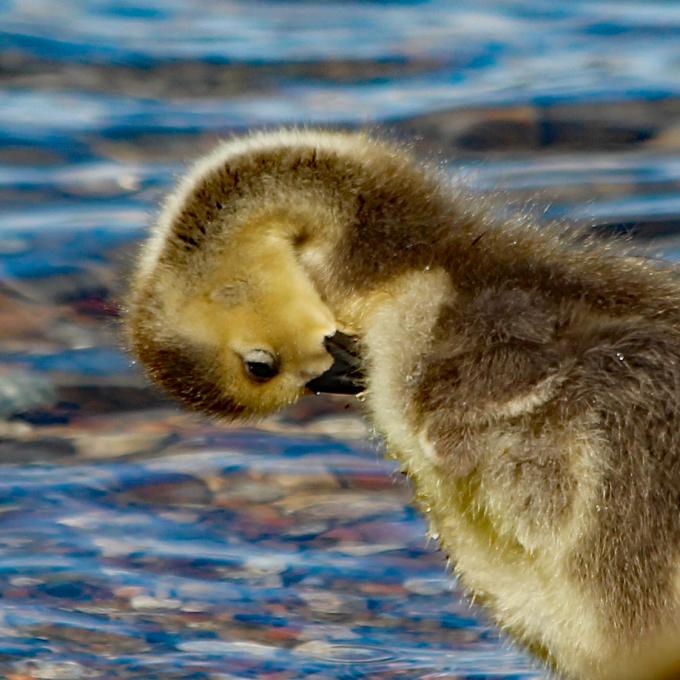
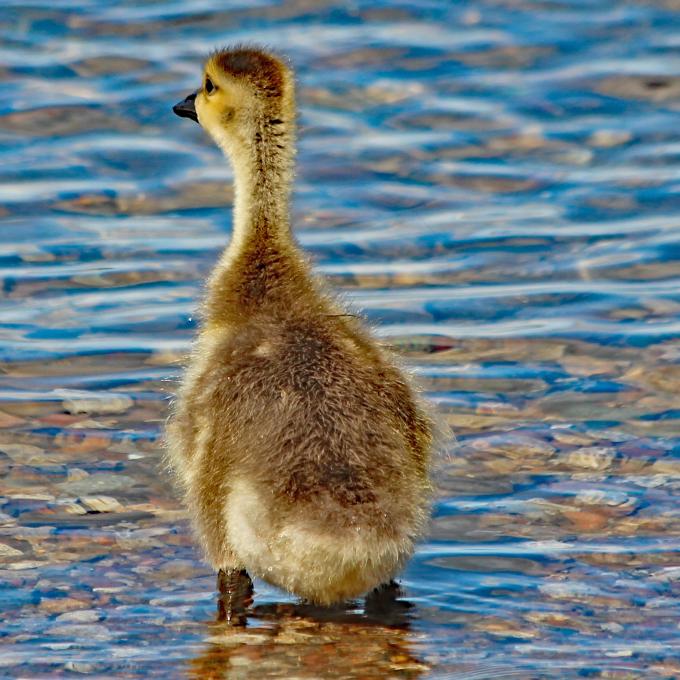
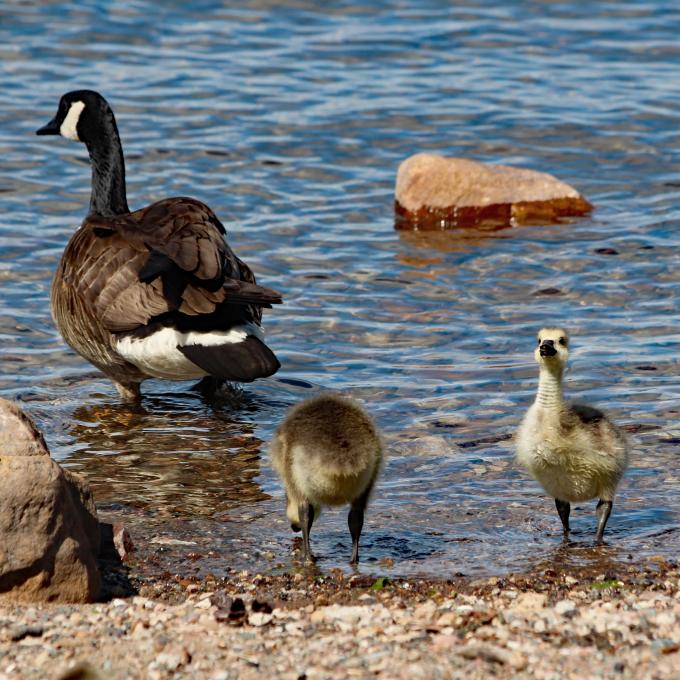 'zen' time, preening & swimming with others for safety.
'zen' time, preening & swimming with others for safety. 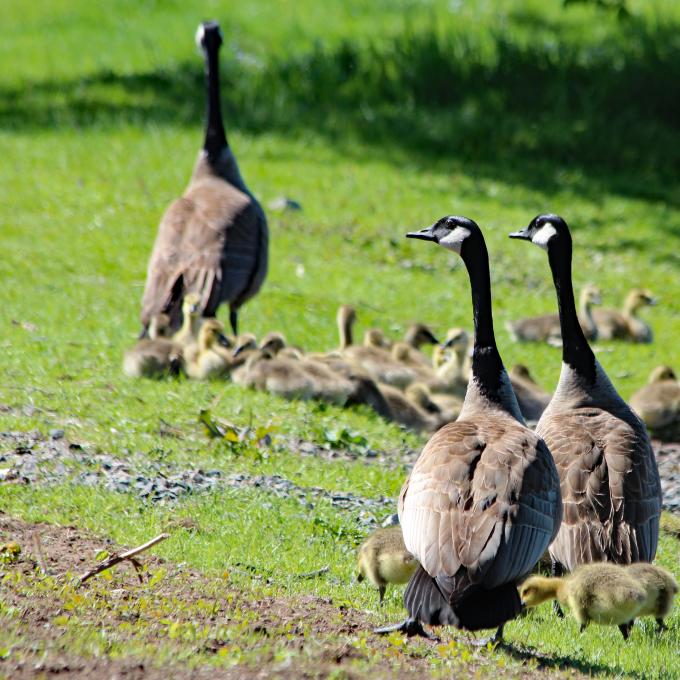
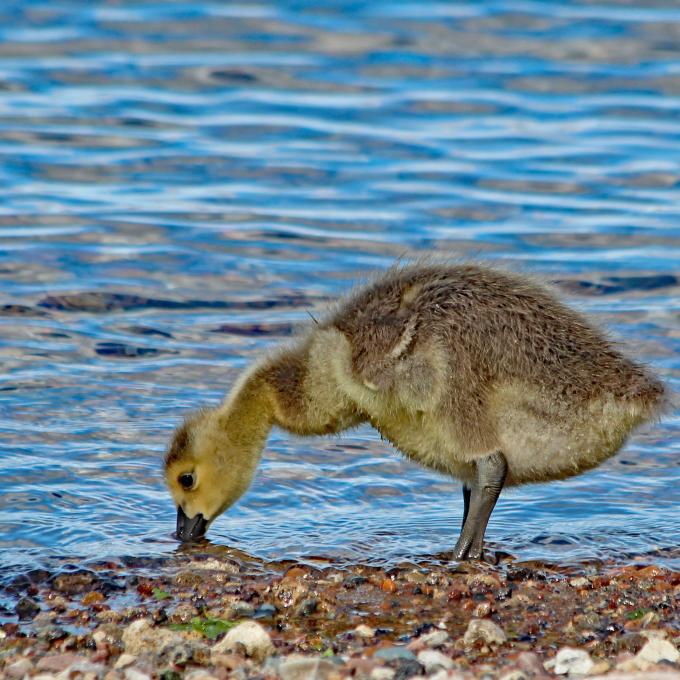
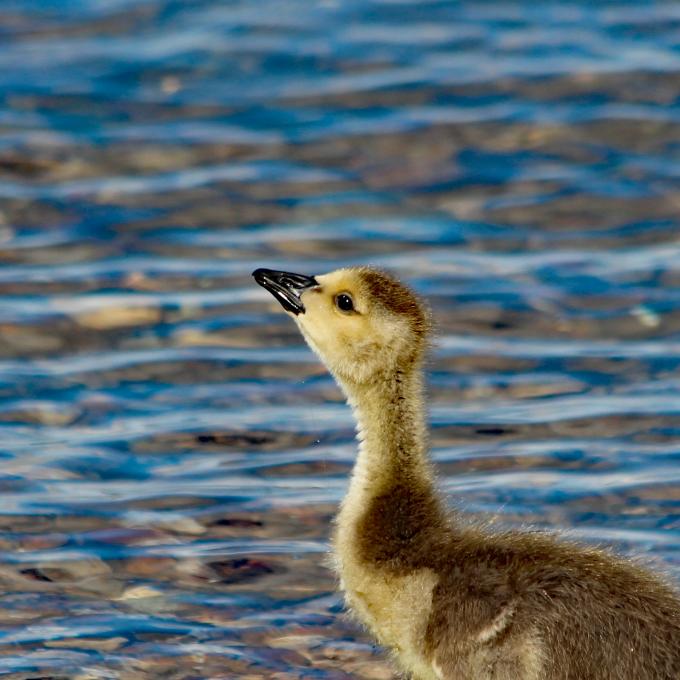
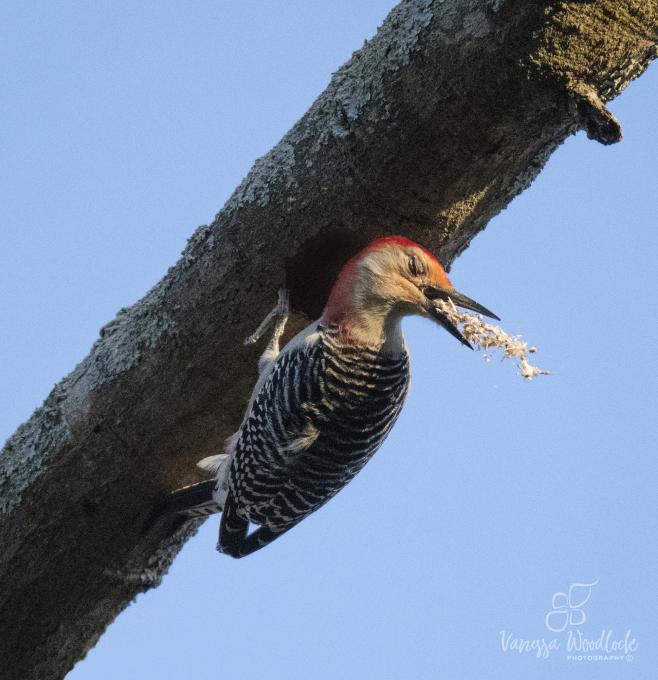
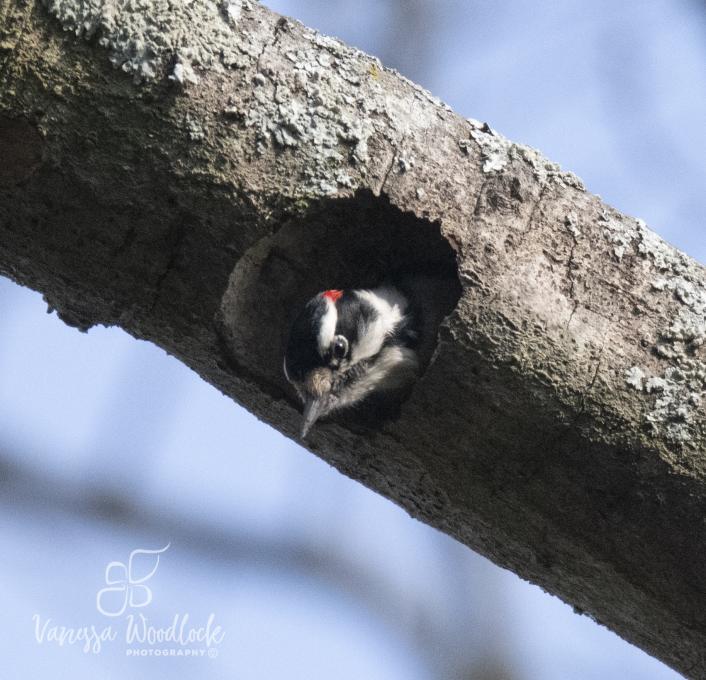
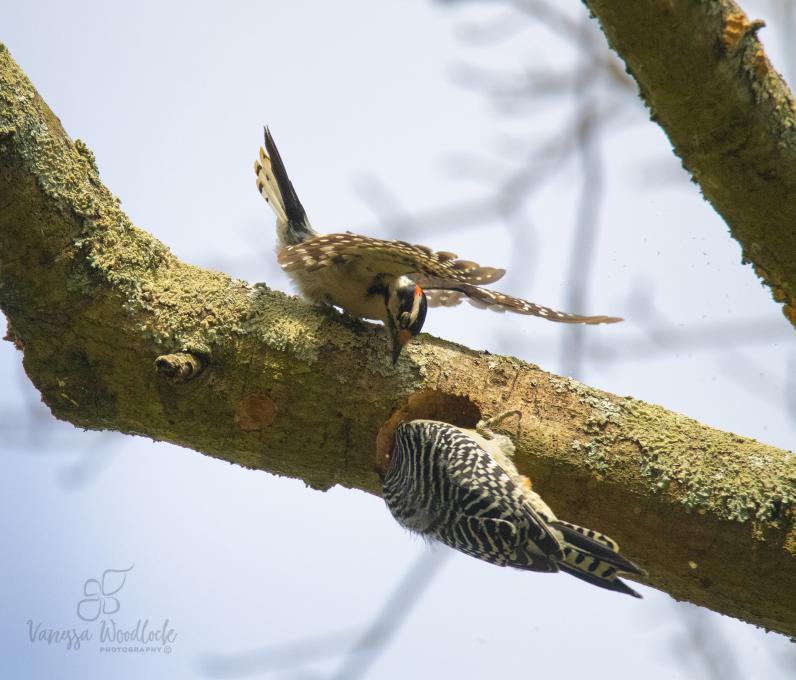 The three day war. I observed this Red-bellied woodpecker and Downy woodpecker claim ownership of a dead tree branch cavity, which they had both worked on at different times of the day. The dead tree was in our back yard, so I was able to witness and photograph the squabble in different light situations. The Downy woodpecker would attack the Red-bellied with continual angry vocalizations and incessant swooping at him. Neither bird won because three days later, the cavity had been so overworked by the two of them, that the walls were too thin and the branch crashed to the ground.
The three day war. I observed this Red-bellied woodpecker and Downy woodpecker claim ownership of a dead tree branch cavity, which they had both worked on at different times of the day. The dead tree was in our back yard, so I was able to witness and photograph the squabble in different light situations. The Downy woodpecker would attack the Red-bellied with continual angry vocalizations and incessant swooping at him. Neither bird won because three days later, the cavity had been so overworked by the two of them, that the walls were too thin and the branch crashed to the ground. 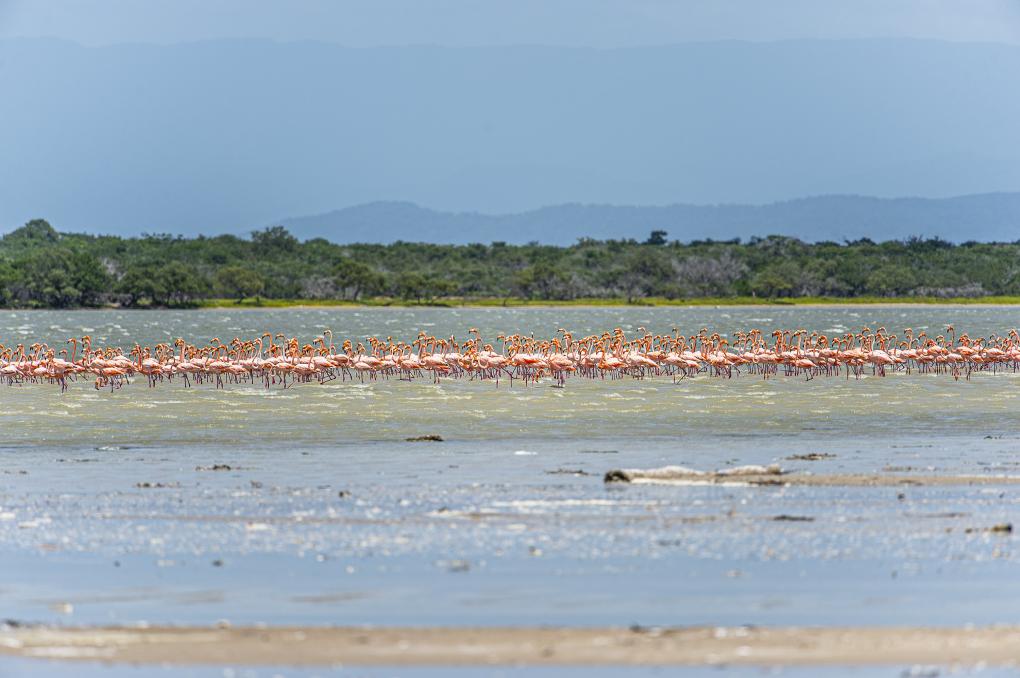 I did learn that if I wanted to get close and capture a good image, I had to let them get use to me, since every time I tried to get close, they would immediately walk away slowly away from me. I knew they would get comfortable at some point since they stopped moving away and started feeding right away. In this image they are still watching me but it was a few minutes after, that they relaxed and started feeding. I had done this game of cat a mouse more than 4 times at this point. I had to settle for a landscape picture instead of a close up. My only zoom lens is a 300 mm with a teleconverter of 1.4 because it is very easy to carry on my trips.
I did learn that if I wanted to get close and capture a good image, I had to let them get use to me, since every time I tried to get close, they would immediately walk away slowly away from me. I knew they would get comfortable at some point since they stopped moving away and started feeding right away. In this image they are still watching me but it was a few minutes after, that they relaxed and started feeding. I had done this game of cat a mouse more than 4 times at this point. I had to settle for a landscape picture instead of a close up. My only zoom lens is a 300 mm with a teleconverter of 1.4 because it is very easy to carry on my trips. 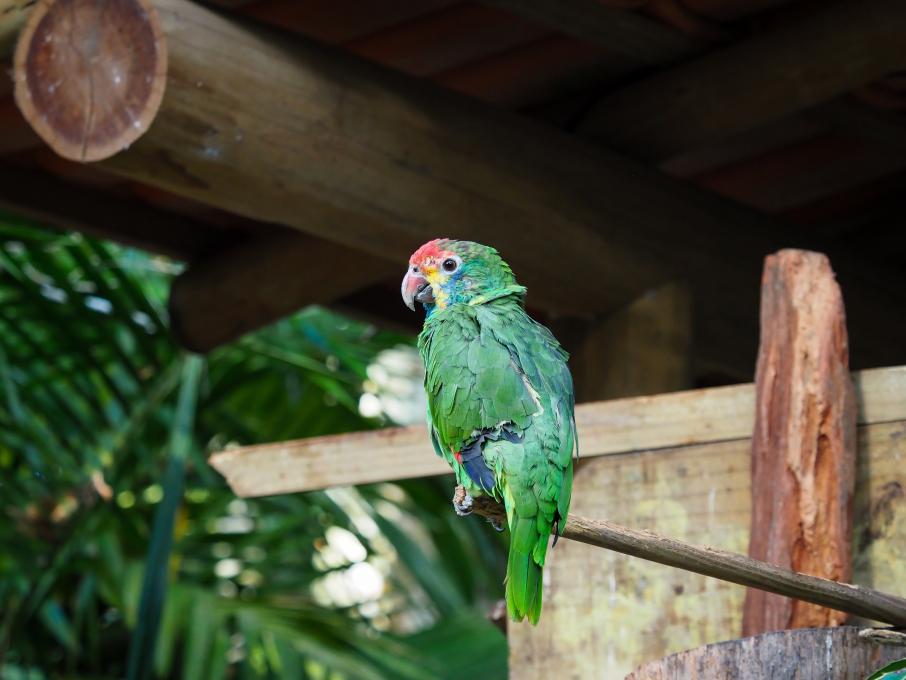
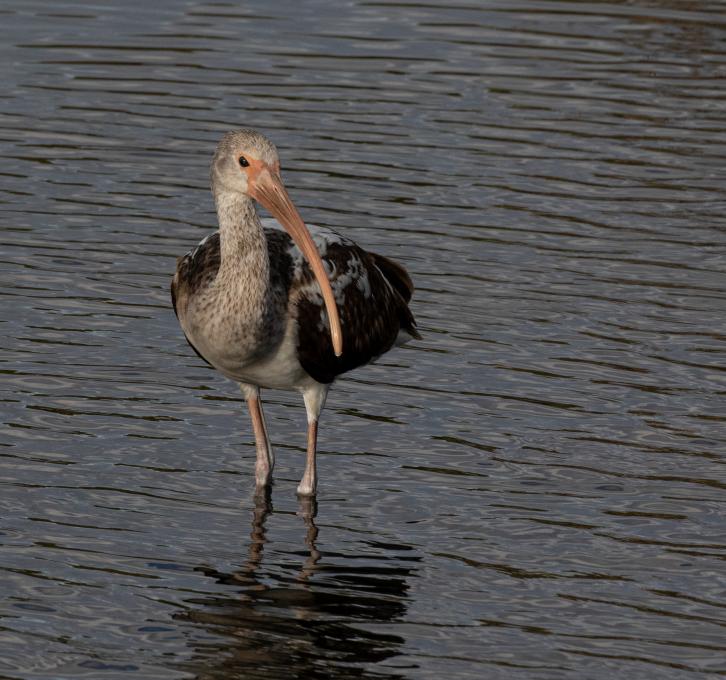 me a bit of effort to discover the species. The guides I have often miss things like the changing colors of feathers as the bird matures. Finally, making use of the Merlin ID system the answer was found. And I must say that given the slight ripple of the water exemplified this bird's habitat while offering a subtle background and thus this image was selected.
me a bit of effort to discover the species. The guides I have often miss things like the changing colors of feathers as the bird matures. Finally, making use of the Merlin ID system the answer was found. And I must say that given the slight ripple of the water exemplified this bird's habitat while offering a subtle background and thus this image was selected. 